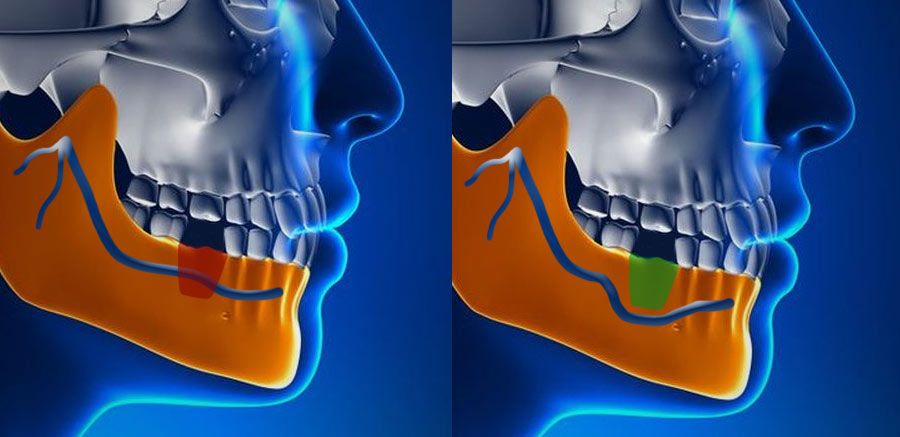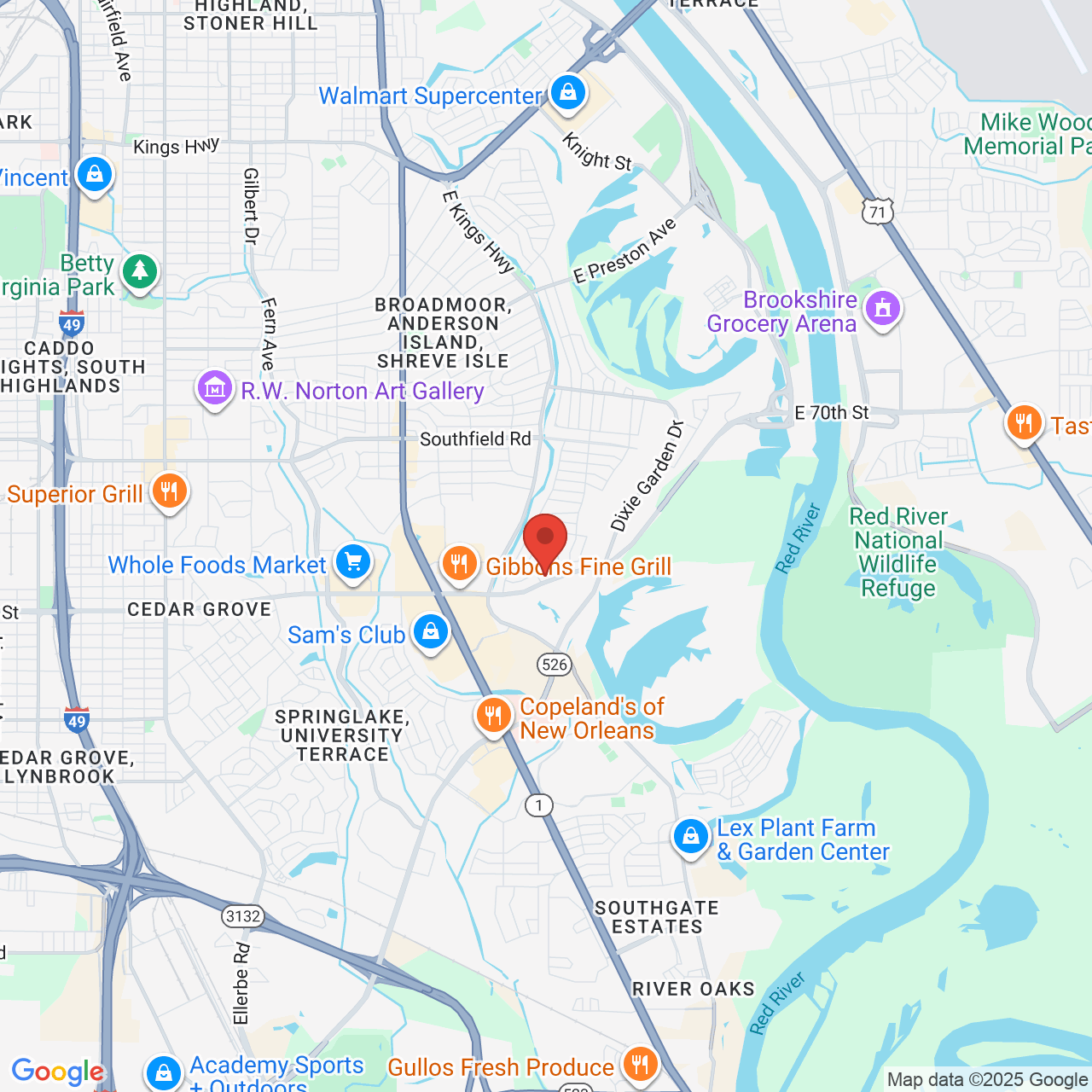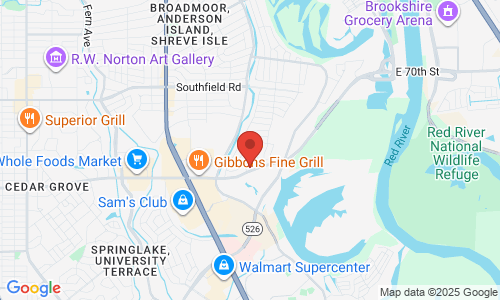Nerve Repositioning
In order to safely place dental implants, the structures surrounding the treatment area must be carefully evaluated. The inferior alveolar nerve, which runs along the lower jaw, controls sensation in the patient’s lower lip and chin. In rare cases, nerve repositioning, or nerve lateralization, is necessary to avoid serious complications. This includes patients who have inadequate bone or the space between the bone and nerve is too narrow. The purposes of this procedure are to protect the inferior alveolar nerve, avoid potential complications, and allow the patient to maintain feeling in the lower lip and chin.
Candidates for the Procedure
Before recommending a patient for dental implant surgery, an oral surgeon or dentist must evaluate whether there is adequate bone present to support the implant post. Once teeth are lost or extracted, the bone naturally resorbs into the body. This can significantly weaken the jaw. If socket preservation (a type of bone grafting) was performed at the time of extraction, the bone may have retained its integrity. However, insufficient bone quality or density will require grafting prior to implant placement.
Nerve repositioning can help implant patients avoid potential complications, as well as maintain proper sensation in the lower lip and chin.
If the patient requires an implant in the back of the lower jaw and bone grafting is not an option, the surgeon must determine if there is sufficient space surrounding the inferior alveolar nerve to proceed with treatment. If a dental implant comes into contact with the nerve, the patient may experience pain, numbness, or other serious issues. Nerve repositioning may be beneficial for patients who are found to lack sufficient space.

Nerve Repositioning Surgery
Computed tomography (CT) scans, an advanced type of 3-D imaging, will be used to evaluate the amount and quality of bone present, as well as the position of the inferior alveolar nerve. This information can also be combined with computer modeling techniques to create a precise surgical plan.
Traditional Surgery
Nerve repositioning surgery is typically performed as an outpatient procedure. Prior to beginning, the surgeon will administer local anesthesia to numb the area. Sedation may also be available to further ensure patients' comfort.
To begin, an incision will be made in the outer portion of the cheek to gain access to the underlying tissue. Next, the doctor will create a small window in the lower jawbone to reach the inferior alveolar nerve. The nerve bundle is then carefully pulled aside. The doctor will place the implant in the jaw while avoiding contact with the nerve bundle. Following placement of the implant, the nerve bundle can be moved back into place. The space that was created in the jawbone is then filled bone grafting material, and the incision is closed.
In most cases, nerve repositioning surgery can be performed in conjunction with dental implant surgery, but sometimes the procedures may need to take place separately.
Piezosurgery
Although most nerve repositioning surgery is performed using traditional methods, some dentists and oral surgeons use a newer technique called piezosurgery. During surgery, a specialized instrument uses high-frequency vibrations to incise bone while sparing the surrounding soft tissues, including skin, gums, and nerves. Piezosurgery is often preferable to traditional nerve repositioning surgery because it causes less trauma, which results in reduced bleeding and expedited healing. The most notable drawbacks of piezosurgery are the higher treatment cost and the fact that the doctor must also have received special training in the technique.
Weighing Your Options
Any kind of surgery carries some degree of risk. Nerve repositioning typically results in at least some degree of numbness in the lower lip, cheeks, and jaw. This should be temporary, and the majority of patients will see improvement in a few weeks to a few months. For a small number of patients, nerve damage may be permanent, and numbness may persist indefinitely. Due to the potential for permanent damage, nerve repositioning surgery is usually recommended only as a last resort. Your dentist can help you decide whether the surgery is right for you or whether an alternative, such as a traditional bridge or denture, is advisable.







